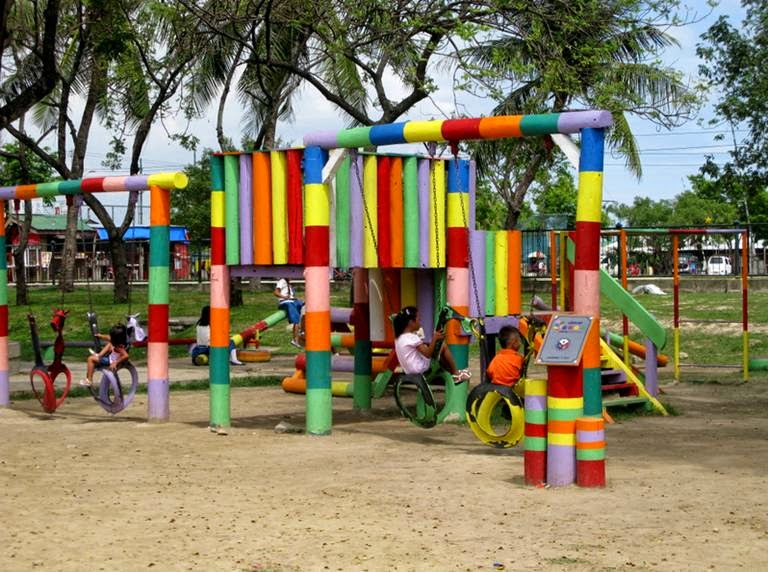Explore by Municipalities and Cities
Bahay Hilarion Alquizola | Hilarion Alquizola House
Bantayog Ng Santa Ana
Gusaling Gabaldon Ng Paaralang Sentral Ng Barili | Barili Central School Gabaldon Building
Hospisyo Ng San Jose Ng Barili | Hospicio De San Jose De Barili
Obelisk Ng Gorordo | Gorodo Obelisk
Parish Church Of Santa Ana Of Barili
Bahay Ni Don Jose Tio Bonpua, Sr. At Ang Museo Ng Banal Na Sining | Don Jose Tio Bonpua, Sr. House And The Museum Of The Sacred Art, Inc.
Balwarte Ng Bonbon | Bonbon Baluarte
Bantayan Sa Poblacion | Poblacion Baluarte (Watchtower)
Church Plaza
Cuartel Structure
Daanglungsod Baluartes (Watchtowers)
Daanglungsod Estaca - Kuta | Daanglungsod Estaca - Fortress
Daanglungsod Fortress
Immaculate Conception Parish Church
Looc Watchtower
Nueva Caceres Elementary School, H.E. Building
Oslob Cemetery Chapel
Oslob Cemetery Walls And Gates
Oslob Central Elementary School Including Admin Building, H.E. Building, And Acacia Trees
Oslob First Catholic Cemetery
Oslob Prayer Chapel
Pamanang Liwasang | Bayan Municipal Heritage Park
Parish Church Of The Nuestra Senora De La Inmaculada Concepcion Of Oslob
Pungtod Cemetery
Saint Joseph Shrine And Church Plaza
Saint Joseph The Carpenter Parish Church
Saint Mary's Academy Old Building
Simbahan Ng UCCP | UCCP Church
Waiting Chapel (Prayer Room)
Bantayog Ng Mga Pambansang Bayani | National Heroes Monument
Bantayog Ng Tres Alinos | Tres Alinos Monument
Kinalalagyan Ng Paaralan Ng Silangang Visayas | East Visayan Academy Grounds
Kolehiyo Ng Lungsod Ng Talisay | Talisay City College
Liwasan Ng Kalayaan At Bantayog Ng Pagdaong | Liberation Park And Landing Monument
Museo Ng Canton | Canton Museum
Parish Church Of Santa Teresa De Avila, Talisay, Cebu
Sementeryong Bayan Ng Poblacion | Poblacion Public Cemetery
Sementeryong Bayan Ng San Jose Manggagawa | Saint Joseph The Worker Public Cemetery
Lumang Bantayog at Liwasan ni Bonifacio | Old Bonifacio Monument and Park

Old Bonifacio Monument and Park "The Cry of Balintawak Monument" eyeinthebluesky.blogspot.com, May 11, 2014 http://eye-in-the-blue-sky.blogspot.com/2014/05/naga-citys-public-plaza-and-naga-church.html

Old Bonifacio Monument and Park " Playground and sea view. eyeinthebluesky.blogspot.com, May 11, 2014 http://eye-in-the-blue-sky.blogspot.com/2014/05/naga-citys-public-plaza-and-naga-church.html

Old Bonifacio Monument and Park " Playground and swing in the park eyeinthebluesky.blogspot.com, May 11, 2014 http://eye-in-the-blue-sky.blogspot.com/2014/05/naga-citys-public-plaza-and-naga-church.html
Official Name: Old Bonifacio Monument and Park
Classification Status: Heritage Landmark/Historical Site
Town or City: Naga City
Year Declared: 2016
Legislation: Ordinance No. 2016-004
Description:
The monument is now called the Cry of Balintawak Monument, or Naga Balintawak Monument, and is located in front of Museo de Naga in Naga City, Cebu. Andres Bonifacio was a Filipino nationalist and revolutionary leader who played a significant role in the struggle for Philippine independence from Spanish colonial rule during the late 19th century. He is often regarded as one of the most prominent figures in Philippine history and a key leader of the Philippine Revolution.
The Cry of Balintawak, also known as the Cry of Pugad Lawin, was a pivotal event that marked the beginning of the Philippine Revolution against Spanish colonial rule. It occurred on August 23, 1896, in the town of Pugad Lawin (now part of Quezon City) in the Philippines. Andres Bonifacio was one of the central figures associated with this event.
During the Cry of Balintawak, Bonifacio and his fellow Katipunan members gathered in a secret meeting held in a house in Pugad Lawin. There, they tore up their cedulas (community tax certificates), symbolizing their defiance of Spanish colonial authority and their commitment to the cause of Philippine independence. Bonifacio is famously known for raising the cry of "Long live the Philippines!" to rally his comrades to take up arms against the Spanish colonial regime.
The Cry of Balintawak marked the beginning of the armed struggle for Philippine independence and was a precursor to the larger Philippine Revolution that followed. It united various factions and regions of the Philippines in a common cause against Spanish rule. While Bonifacio played a significant role in initiating the revolution, the struggle for independence continued under various leaders and eventually led to the declaration of Philippine independence on June 12, 1898, and the eventual end of Spanish colonial rule.
Help us improve this section by sharing information about this site. Reach out to us at community@pamana.org
Source:
https://ncca.gov.ph/philippine-registry-cultural-property-precup/


